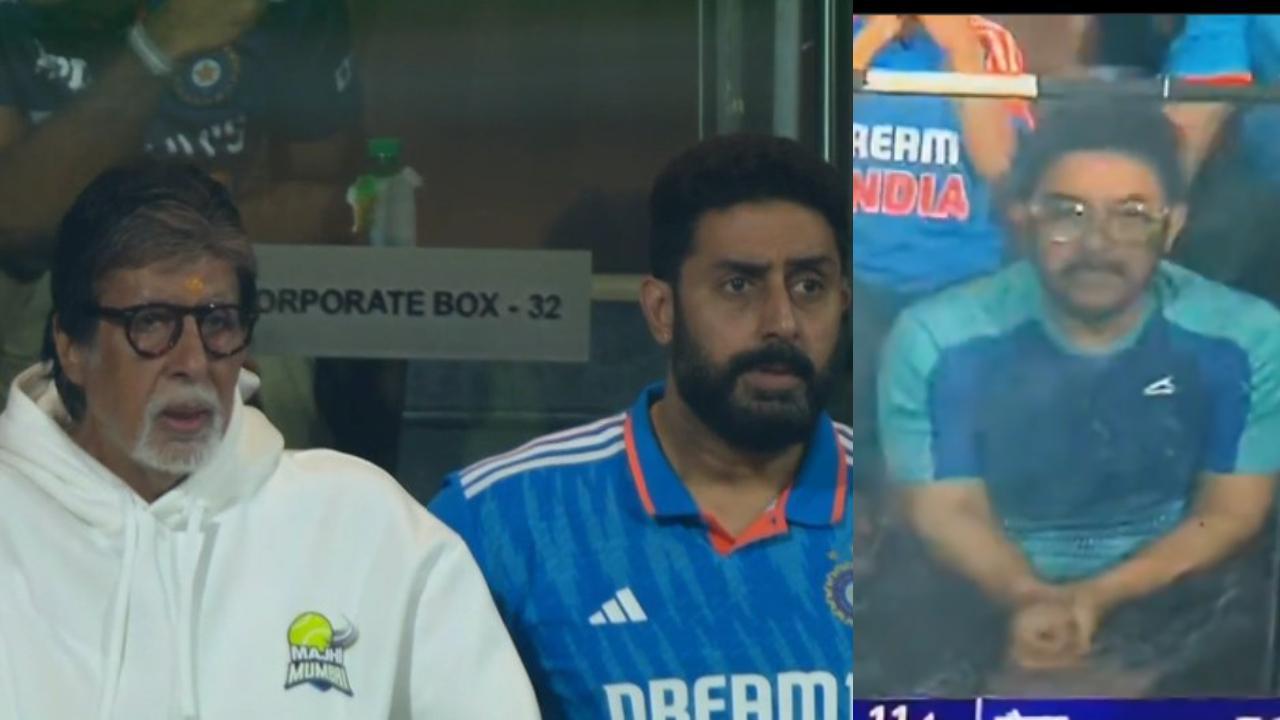
As India and South Africa locked horns at the commencement of their two-match Test series in South Africa’s picturesque grounds, the game began to unfold with dramatic turns and intense competition. Starting off the bowling on Day 2, India found themselves 245 runs in deficit, battling against a determined South African squad eager to solidify their grip on the game. In an unexpected twist reminiscent of England’s Stuart Broad, Indian cricketing maestro Virat Kohli executed a strategic bail-swap manoeuvre, an act that would soon bear fruit for the Men in Blue.
The scene was set before the start of the 29th over, with India anxiously seeking a breakthrough. Kohli, perhaps seeking to inspire a change in fortunes for his side, delicately swapped the bail, a superstitious gambit aimed at altering the dynamic of the match. As destiny would have it, the over’s final ball, delivered by the formidable Jasprit Bumrah, saw South African batsman Tony de Zorzi caught at third slip, decisively ending the threatening 93-run partnership.
This shrewd tactic didn’t go unnoticed by the cricket community. Stuart Broad, whose own bail-swap moment during the Ashes 2023 series had seen him dismiss Australian batsman Marnus Labuschagne on the following delivery, took to social media to acknowledge Kohli’s successful imitation. His two-word response, “With success,” accompanied by a tag of Kohli’s account, encapsulated the shared sentiment of admiration and camaraderie extending beyond geographical rivalries.
Both English and Indian fans revelled in this moment of ingenuity, drawing parallels between the two instances on various social media platforms. Kohli’s action was not just a replication but rather a homage to the effectiveness of a seemingly inconsequential move that holds the potential to shift the momentum in the high-stakes environment of international Test cricket.
However, India’s position in the game was far from secure. After the Proteas concluded the first session at a measured 49/1, the visiting Indian team found themselves wanting in the discipline required to staunch the flow of runs. They opted to introduce third-choice bowler and debutant Prasidh Krishna into the attack, a decision that eluded the desired efficacy. The South Africans capitalised, accumulating 145 runs during the second session, albeit losing two wickets in the process. By the end of this session, the Proteas had narrowed the deficit to a mere 51 runs in comparison to India’s total.
In the day’s final session, the host nation augmented their score by an additional 62 runs across 17 overs, albeit at the cost of two more players — David Bedingham and Kyle Verreynne — succumbing to the Indian bowling. This brought South Africa to a slender 11-run lead, adding yet another layer of intrigue to this closely contested Test match.
India’s bowling strategy, post-lunch, had seemingly backfired as they let South Africa surge ahead. There was an evident need for a tactical recalibration if the Men in Blue were to reassert themselves in this match. Kohli’s trick, whether through its psychological impact or sheer coincidence, marked a pivotal moment that brought India back into contention.
As the Test progresses, fans and aficionados alike will be keen to see whether India can continue to employ bold strategies and adapt to the challenges posed by a resilient South African side. The bail-swap incident will no doubt be recounted as one of those quirky cricket anecdotes that underscore the unpredictability and charm of the sport. The question that now remains is whether this brief resurgence will pave the way for an Indian comeback or merely be a footnote in an otherwise South African dominated narrative.










